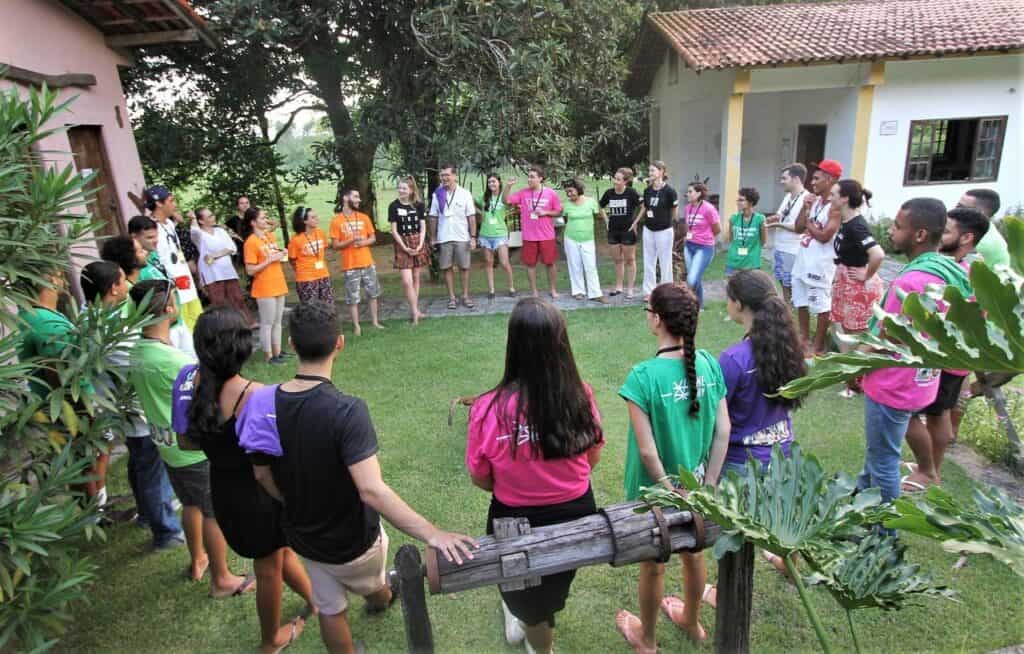Discover how designing regenerative cultures can drive positive change for organizations and the environment. Learn about regenerative principles, practices, and the role of Design Thinking in creating a sustainable future for all.

Discover how designing regenerative cultures can drive positive change for organizations and the environment. Learn about regenerative principles, practices, and the role of Design Thinking in creating a sustainable future for all.
Regenerative cultures are rapidly becoming an essential aspect of organizations that seek to create a positive impact on the environment and society. This concept emphasizes the need for businesses to not only sustain resources but to regenerate them. Innovative and action-oriented professionals play a crucial role in driving this change. This article explores the importance of regenerative cultures and provides practical insights for leaders looking to embrace a regenerative future.
A regenerative future refers to a world where organizations, communities, and individuals actively work to restore and rejuvenate ecosystems, economies, and social structures. Achieving a regenerative future requires a shift in mindset and behavior, which can be challenging for organizations used to traditional ways of thinking. To address these challenges, leaders must foster a culture of innovation, agility, and adaptability.
While sustainability focuses on minimizing negative impacts on the environment, regenerative practices aim to actively restore and improve natural systems. Regeneration goes beyond sustainability by considering how businesses can contribute positively to the environment and society. In this sense, regeneration is a more holistic and proactive approach to addressing environmental and social issues.
One example of regenerative sustainability is the concept of regenerative agriculture, which focuses on improving soil health, increasing biodiversity, and sequestering carbon. Companies like Patagonia and Eileen Fisher have embraced regenerative agriculture to source materials for their products, demonstrating a commitment to positive environmental impacts.
Design Thinking is a problem-solving approach that emphasizes empathy, experimentation, and iteration. It can play a significant role in driving regenerative practices by helping organizations identify innovative solutions that benefit people, the environment, and the business. Design Thinking can be used to boost regenerative futures by:
Promoting sustainable behavior in the workplace is essential for creating regenerative cultures. Strategies to drive behavioral change may include:
Implementing regenerative practices in organizations may encounter barriers, such as resistance to change, limited resources, and competing priorities. To overcome these challenges, leaders must:
Embracing a growth mindset involves recognizing that challenges and mistakes are opportunities to learn and grow. This approach can help organizations adapt to the rapidly changing business environment and stay ahead of the competition. Leaders play a crucial role in promoting a growth mindset, building internal competencies, and fostering a learning organization.
Designing regenerative cultures is essential for organizations that aspire to create a lasting positive impact on the environment and society. Innovative leaders play a critical role in driving this change by fostering a culture of collaboration, adaptability, and continuous improvement. By embracing regenerative practices and principles, organizations can contribute to a more sustainable and resilient future for all. It is time for leaders to take action and make regenerative cultures the new norm in the business world.
Subscribe to our 3-weekly newsletter: The Innovators Journey to get valuable insights, tips, resources and special offers to drive change.
We are dedicated to helping individuals and organizations unlock their innovation potential. Our team offers a range of services including webinars, workshops, tailored programs, coaching, and training that can be tailored to fit your specific needs and goals. Whether you are a large group or an individual seeking one-on-one support, we have options to accommodate you. Contact us today to discover how we can help drive innovation and success within your organization.
Education
Public Service
Healthcare
Infra & Mobility
Tech & ICT
Food & Pleasure
Finance
STUDIO.WHY
Genteldijk 5
4191 LD Geldermalsen
The Netherlands
We set the language based on your browser settings. If you would like to visit the site in another language you are most welcome to select that here!